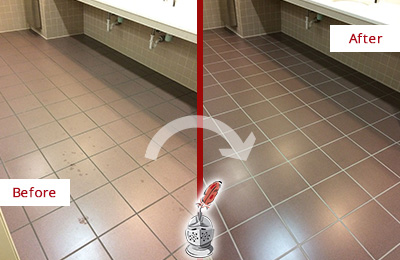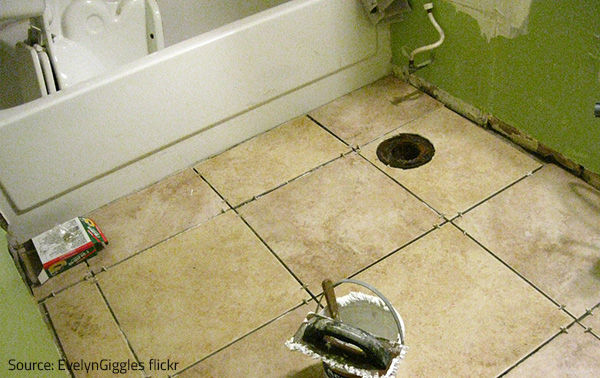Common Sources Of Water Damage in a Bathroom
Or Book Technician HereHow do you actually feel with regards to Common Causes of Water Damage in a Bathroom?

The restroom is exceptionally susceptible for wet accumulation as well as possible water damage because of the constant use water in it. This article provides straightforward inspection methods to aid spotting water damage risks.
The constant use of water in the restroom makes it exceptionally vulnerable for moist build-up and also potential water damage. By checking it consistently, you can decrease water associated problems.
The adhering to collection of evaluations is simple to carry out as well as must be done as soon as in every three months in order to keep your shower room healthy and to prevent prospective water problems brought on by the bathtub, the shower, pipe joints and plumbing, sinks, closets, and the commode
Do not neglect carrying out these evaluations as well as be complete while executing them. Keep in mind that these basic assessments can conserve you a great deal of money by supplying very early indicators for water damages
Tub and also Shower
The shower and also bath tub need special interest as well as upkeep. Check the tiles and replace if cracked. Make sure that there is no missing out on grout between the ceramic tiles. Check and replace cracked caulking at joints where the walls fulfill the flooring or the bath tub. Blocked drains pipes and also pipelines troubles will certainly stop the bathtub from drying and might show severe issues below the tub. Talk to a specialist right away to avoid structural damages. Take notice of stainings or soft locations around the tub walls as they might suggest an interior leak.
Plumbing
Signs for water damages are hard to detect since the majority of pipelines are installed inside the walls.
Pay unique attention to floor covering as well as walls dampness as well as spots as they might suggest an undetectable plumbing issue. Check moisture degrees in adjacent spaces as well.
Sinks and Cabinets
Sinks and also cupboards are revealed to wetness and humidity daily and also are commonly neglected. Evaluate routinely under the sink and also on the counter top over it. Fix any drip in the catch as it might suggest drainpipe issues. Check out the sink, sluggish draining pipes might suggest a blocked drainpipe. Replace sink seals if they are fractured or loosened.
The Commode
The bathroom is a vulnerable water joint. Examine the water lines and look for leaks around the commode seat, in the hose, and also under the water tank. If you find any indicators of moisture on the floor around the toilet, look for leakages in the toilet rim and also tank seals.
Realize that hanging commode bowl antiperspirants increases the opportunities for clogs.
Water Damage Signs In The Bathroom To Avoid Cleanup
Musty smell
This is one of the easiest signs to catch because musty smells are so odorous. The damp, earthy, moldy smell should be a big red flag. The smell will develop when moisture gets trapped in surfaces, and begins to facilitate mold growth. Leaking pipes under cabinets, inside walls, and behind shower fixtures will cause moisture to stay trapped and not dry, which will lead to mold growth and spread. As soon as you notice any musty smells in your bathroom, have it checked for hidden water damage and cleanup signs.
Visible mold
If the smell isn’t there to give it away, sometimes you will actually see mold growth. Finding mold in your bathroom is a serious problem, because mold is very harmful to your health. By the time mold growth is visible, it also means that water damage has already occurred and been present for some time. The only way the mold problem can be resolved is to find the source of the moisture and get it stopped. To safely and adequately remove mold, you need to have professionals handle the remediation. Do not waste any time in getting mold problems addressed, fixed, and sanitized so that you can protect you and your family from the many respiratory symptoms caused by mold exposure.
Damaged floors
Bathroom floors should be able to withstand some exposure to water while still remaining in good condition. However, when excess exposure or water leaks occur, they will begin to damage even the most water-resistant flooring. If you notice any cracking, bubbling, staining, or warping on your bathroom floors, there is probably a water leak somewhere causing the distortion. If you notice areas of the floor have become softer, or even have a spongy feeling, there is probably damage to the subfloor. Subflooring is typically made up of plywood. When plywood is exposed to water or moisture, it will absorb it. Once it has become saturated, the weight of the excess water will cause the wood to swell and soften. Check the floors in your bathroom frequently to catch any of these sings before they lead to damaged subflooring.
Changes on walls
When water leaks behind walls, it will cause changes in the drywall. Peeling plaster, blistering paint, and soggy wallpaper are all good indicators that excess water is building up behind the wall. Water leaking behind drywall will cause it to swell and be soft to the tough. If you start to notice gaps along the trim of your walls, or where tile meets the wall, it could also be a strong indicator that there is a leak behind the wall. Any changes, distortion, or damage on the walls should be evaluated as soon as you notice it to prevent further water damage and cleanup.

Do you like reading about How to Prevent Bathroom Water Damage? Place feedback down the page. We would be interested to hear your opinions about this piece. We are looking forward that you come back again later on. Sharing is good. You never know, you may be helping someone out. I treasure reading our article about Preventing Water Damage in the Bathroom.
Free Estimates